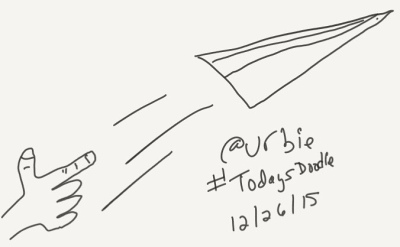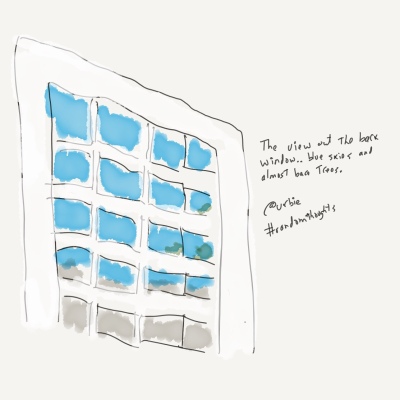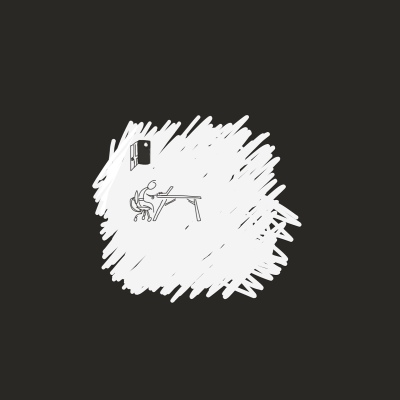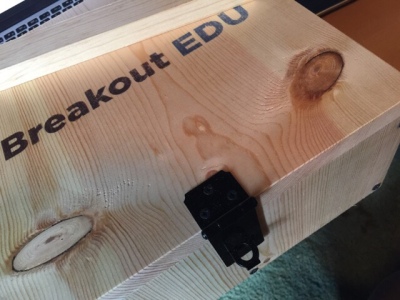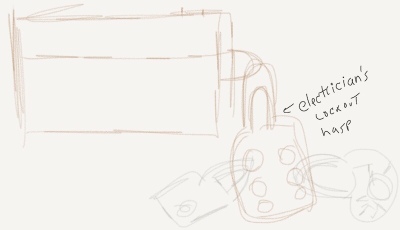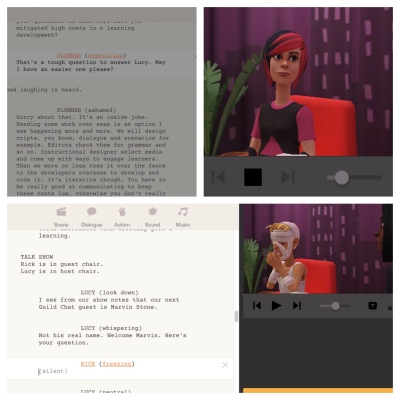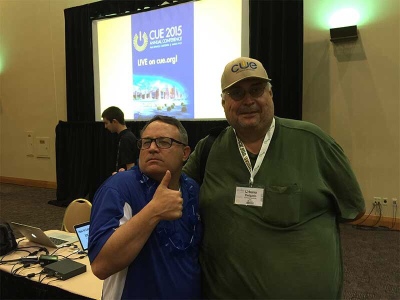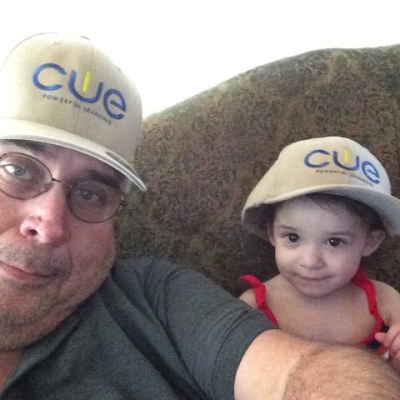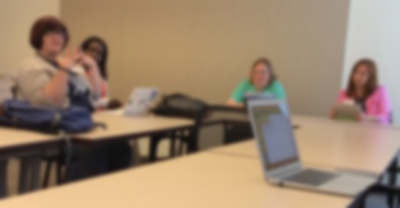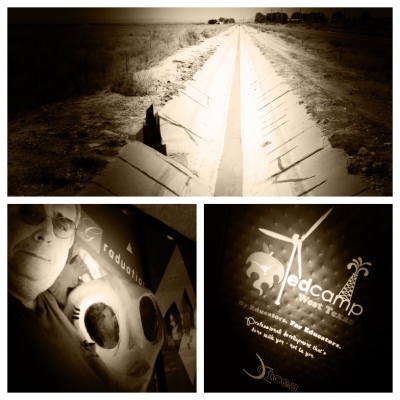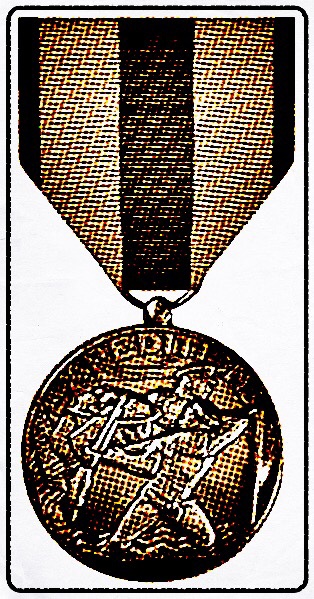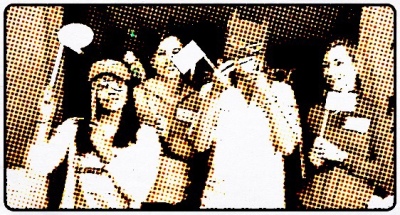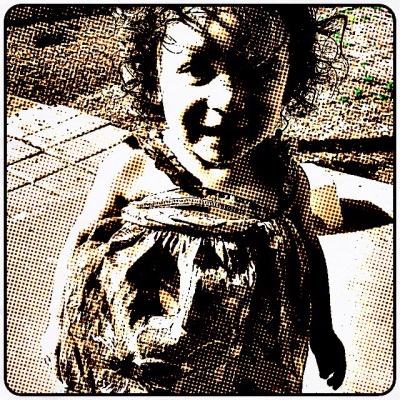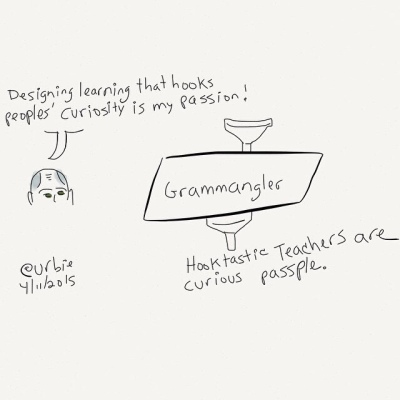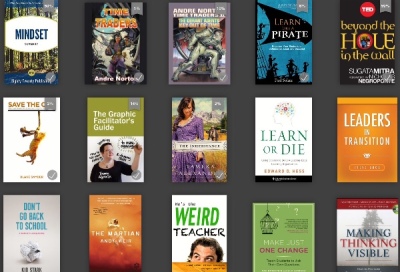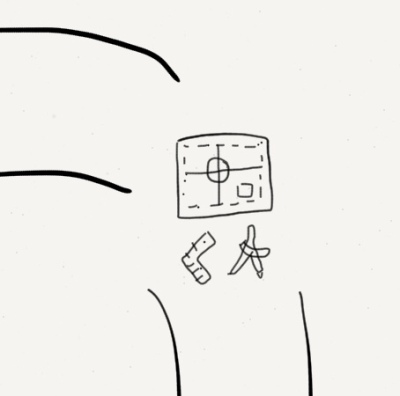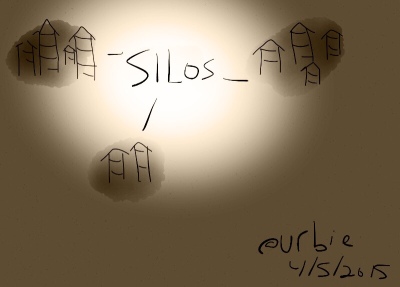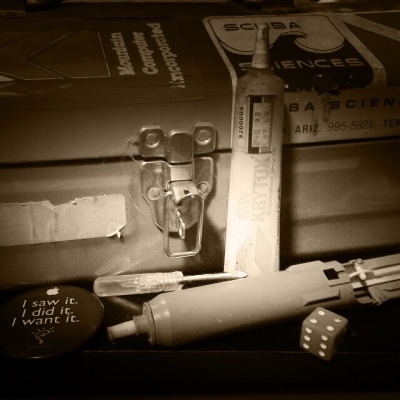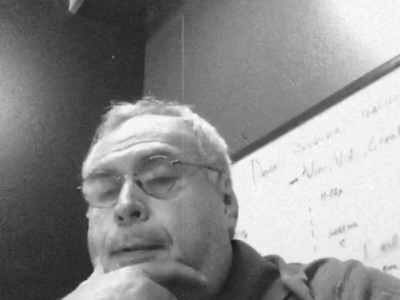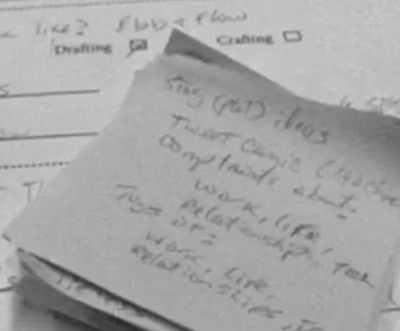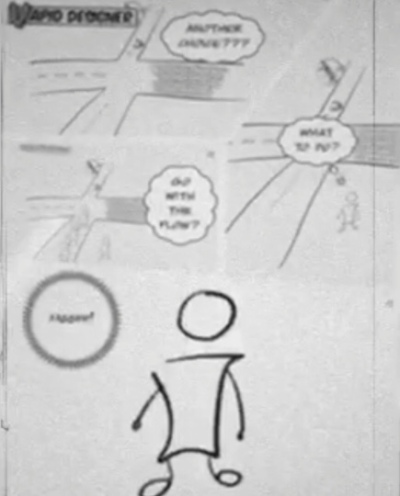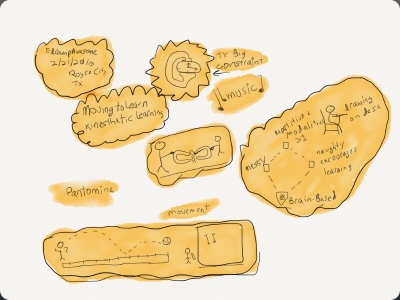INTRO
I spent Saturday October 24 with a roomful of ELA (English Language Art) teachers at the Arizona K12 Center. We learned about educational technology tools, including how to leverage them to support teaching to Arizona’s college and career ready standards. Disclosure: I’m not a teacher. I do instructional design.
IMPROVISATIONAL PD: FAILING TO GET IT RIGHT
Me not being a teacher is a good thing. I don’t know enough to keep quiet when something was introduced during the workshop. It’s all new to me. Except that it’s not. I learn a lot about K-12 strategies and educational technology at the EdCamps I participate in. Through some applied improvisation later on I figure out how to apply it with the adult learners I support.
I get asked sometimes why participate in so many EdCamps? I think I’m up to 30 so far: EdCamps in Texas, Arizona, California and Washington, DC. It’s because I like the improv. Hearing about something cool I want to try it right away, or as soon as possible, before it gets stale. I view doing something that I just learned from teachers as improv because I’m flying without a net. I don’t know what the cues are. Not being a teacher means I’m not sure about context. So I give it a try and add or drop stuff as seems to make sense.
OUT-OF-THE-BOX THINKING INSIDE OF A BREAKOUT EDU BOX
I hear now and then how we instructional designers need to be more innovative and creative. A lot of times the ideas that come back from “How?” involve advanced educational technology. Since EdCamp I prefer simpler more natural and humanistic approaches.
At CUEROCKSTAR Las VegasI learned about this Breakout EDU thing. The way it works is you get a box. But not just an ordinary box. Noooo. You get one with a sturdy hasp. About that hasp, it’s an electricians lockout hasp. There can be as many as six locks on this hasp.
The teacher, or in my case instructional designer, crafts an engaging story. This is what teacher and author Dave Burgess calls “A Hook”. My name for it, after watching Jack Black in Goosebumps, is “The Twist.” Anyway, the learner or learners, once engaged, work to solve puzzles. The puzzles and their solutions are grounded in what the learner is being taught or trained on.
EVENT WHEN IT DOESN’T WORK IT WORKS OUT
At AZTEA’s P3: Problems, Projects, and Possibilities conference I presented a session on designing interactive presentations. One of the things I demonstrated was the Breakout EDU box. There were “technical difficulties”, however, and I had to do some improvisation to get over the bump.
Here’s how it was supposed to go. First there was the trailer. Then the backstory. Lastly was the vital clue. Anyway, given technical difficulties I had to play all the parts live. I got to feel the learning. It was pretty cool. I have a whole new perspective on how to do it next time. I’ll definitely have some backup stuff, too.
SCORE ANOTHER ONE FOR THE ZOMBIE (LEARNER) APOCALYPSE
One thing I need to work on, what teacher Chris Long calls Self-Development is the BOOS (Butts-Out-Of-Seats).
I think, and some research studies suggests, learning efficacy can be deepened when learners are actively engaged and moving around doing learning activities.
THATS WHERE THE TEACHERS ARE
To review, why do I get most of my PD (Professional Development) from EdCamp & CUE? Because that’s where the teachers are.

